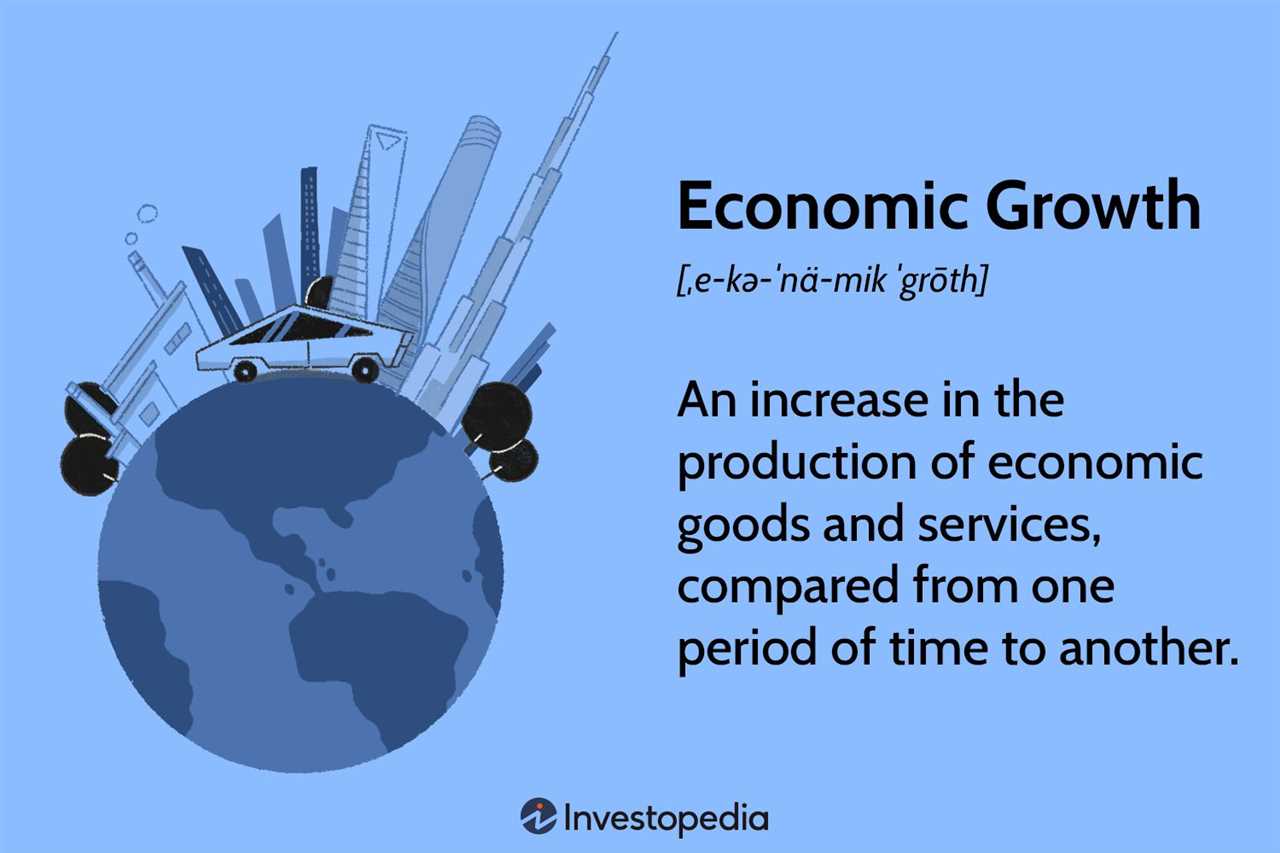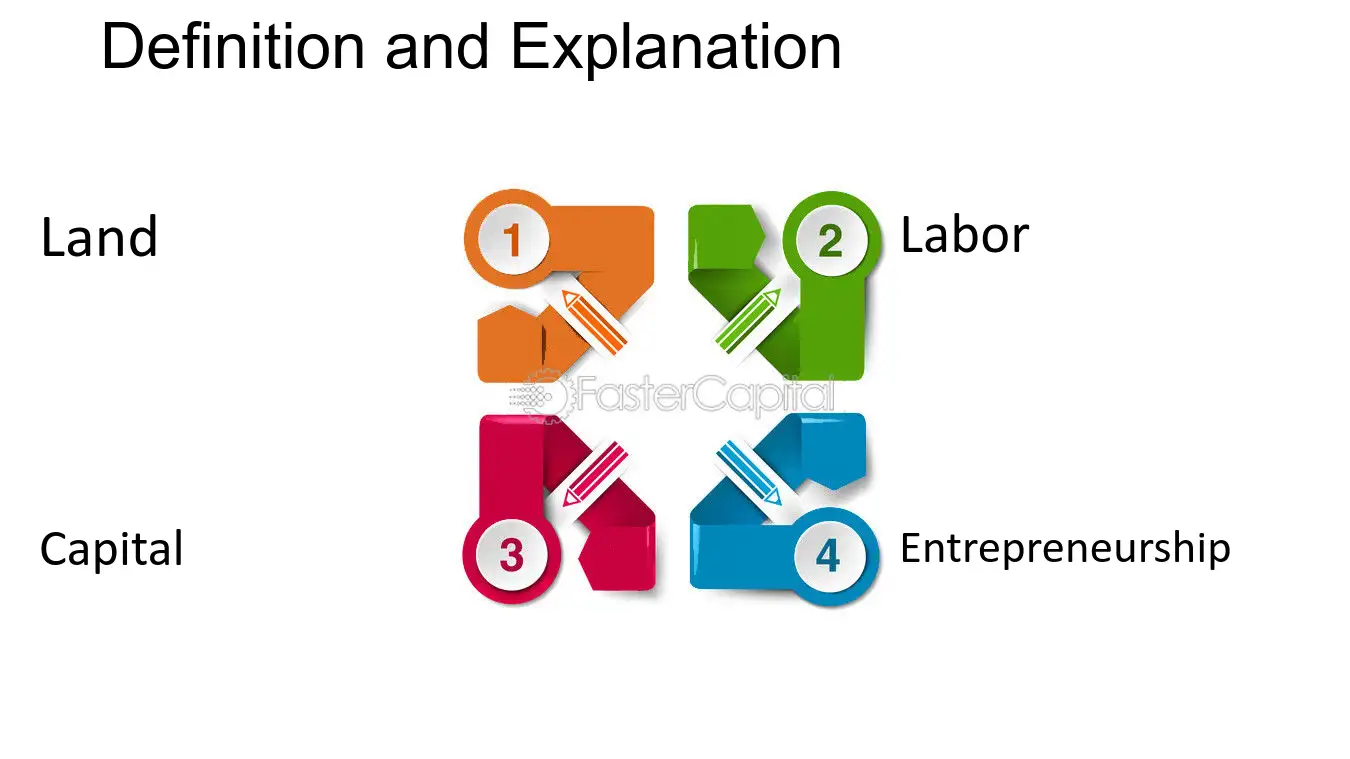Definition of a Growth Industry
A growth industry is a sector of the economy that experiences significant expansion and increasing demand for its products or services. It is characterized by a high rate of growth in terms of revenue, employment, and market share. Growth industries are often driven by technological advancements, changes in consumer preferences, and emerging market opportunities.
Key Characteristics of a Growth Industry

There are several key characteristics that define a growth industry:
- High Market Demand: Growth industries are driven by a high demand for their products or services. This demand can be fueled by various factors such as population growth, increasing disposable income, or changing consumer preferences.
- Rapid Revenue Growth: Growth industries experience significant revenue growth over a short period of time. This growth is often fueled by increased sales volume, higher prices, or expansion into new markets.
- Technological Advancements: Growth industries are often associated with technological advancements that drive innovation and efficiency. These advancements can lead to the development of new products or services, improved production processes, and increased market competitiveness.
- Investment and Funding: Growth industries attract significant investment and funding from both private and public sources. Investors are attracted to the potential for high returns and long-term growth prospects.
Driving Factors of Growth Industries

1. Technological Advancements: One of the primary driving factors of growth industries is technological advancements. Breakthroughs in technology can create new markets, disrupt existing industries, and drive innovation. For example, the rise of the internet and mobile devices has led to the growth of industries such as e-commerce, social media, and app development.
2. Changing Consumer Preferences: Consumer preferences play a crucial role in shaping growth industries. As consumer needs and desires evolve, new industries emerge to cater to these demands. For instance, the increased focus on health and wellness has led to the growth of industries such as organic food, fitness, and wellness tourism.
3. Government Policies and Regulations: Government policies and regulations can have a significant impact on the growth of industries. Favorable policies, such as tax incentives or subsidies, can encourage investment and stimulate growth. On the other hand, stringent regulations can hinder the growth of certain industries. For example, government support for renewable energy has driven the growth of the clean energy industry.
4. Economic Conditions: The overall economic conditions of a country or region can also influence the growth of industries. During periods of economic growth, consumer spending tends to increase, leading to the expansion of various industries. Conversely, during economic downturns, industries may experience a decline. For example, the housing market and construction industry often experience growth during periods of economic prosperity.
5. Demographic Trends: Demographic trends, such as population growth, aging populations, or urbanization, can create opportunities for growth industries. For instance, the aging population has fueled the growth of industries such as healthcare, senior care, and pharmaceuticals.
6. Globalization: The increasing interconnectedness of the global economy has opened up new markets and opportunities for growth industries. Globalization allows companies to access a larger customer base, tap into new talent pools, and benefit from economies of scale. Industries such as technology, finance, and logistics have experienced significant growth due to globalization.
7. Environmental Factors: Environmental concerns and sustainability have become important driving factors for growth industries. The increasing awareness of climate change and the need for renewable energy sources have led to the growth of industries such as solar power, wind energy, and electric vehicles.

Emily Bibb simplifies finance through bestselling books and articles, bridging complex concepts for everyday understanding. Engaging audiences via social media, she shares insights for financial success. Active in seminars and philanthropy, Bibb aims to create a more financially informed society, driven by her passion for empowering others.
